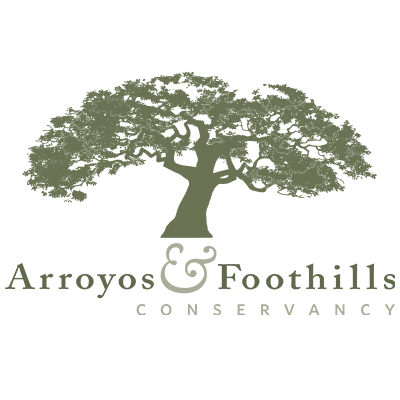Rosemont Preserve History
The Crescenta Valley, where the Rosemont Preserve is located, was originally an important Native American (Tongva Nation) setting and the site of the Wiqanga village for probably a thousand years or more. The people of Wiqanga managed the natural resources in the area and traded directly with the two nearby mother villages, Tujunga (established about 5,000 years ago) and Hahamongna. Hunting game would have been commonplace in the many canyons of the San Gabriel mountains. But management and harvesting of specialized plant materials for food and medicines was also crucial to survival. The Wiqanga village was most likely the site of an annual harvest of acorns from the great oak forests on the northern slopes of the Verdugo Mountains and the southern canyons of the San Gabriels, that many Tongva families utilized and subsisted on throughout the year. Life was vibrant and peaceful for the Tongva in the Crescenta Valley and had been for many, many years.

Missionary and European contact was at first compatible but then proved ruinous for the Tongva way of life. In a period of less than fifty years, Tujunga and Hahamongna were decimated and nearly abandoned and Wiqanga was but a trace of its former self. The mission lands that were to originally be turned over to the Native people were instead divided up in land grants and given to loyal subjects of the Viceroy of Alta California, such as Don Jose Maria Verdugo, after whom the nearby mountains are named. In 1784, Verdugo was granted 36,000 acres by the Spanish Crown. The Spanish Ranchos came into being but were far from the romance as history likes to portray and were far from self-sufficient. Thus, the ranchos began to be divided and sold to an influx of settlers coming to California.
In 1875 Rancho La Cañada was sold to two healthseekers from Michigan, Dr. Jacob Lanterman, dentist, and Colonel Adolphus Williams, a Civil War Veteran. The 5,830 acres sold for $10,000, a very low price because of lack of water. They hoped to subdivide it and sell lots to support their families. Dr. Lanterman built a house he called “Homewood” which still stands near the Church of the Lighted Window. Col. Williams built a house, which was removed in the 1950s to build Lanterman Auditorium.
The partners drew a subdivision map with forty-six 1/4-mile wide lots averaging more than 100 acres each on either side of Michigan Avenue, now Foothill Blvd. The map was recorded in 1881. Without a good water source few lots sold.
The next year Jacob Lanterman and the heirs of Adolphus Williams sold all the lots between Pickens Canyon and the Tujunga border to Benjamin Briggs, M. D. And his sister, Maria Haskell and recovered their original $10,000 investment. Dr. Briggs, a physician from Crawfordsville, Ind., had conducted a worldwide search for an ideal climate which ultimately led him to Southern California
Briggs named the town after three crescents or mountain peaks (creciente is Spanish for crescent) he saw while looking out his window one day. It had been his desire to devote himself to horticultural pursuits and the establishment of a health resort, but Briggs did not live to carry out all his plans. However, many people interested in his ambitions became attracted to the area. Health workers and physicians soon established clinics. Sanitariums for asthmatics and other facilities for the sick were built.
As Los Angeles grew in the ’20s, the health sanitariums and homesteaders gave way to orchards, vineyards and resort homes. Nature punctuated the doldrums of the ’30s with a massive flash flood that swept through the valley just after midnight on New Years Day of 1934, killing 40 people and leaving hundreds homeless. After the ’40s, the Crescenta Valley began to enter mainstream suburbia, with farms giving way to tract homes. This process was finalized in the early ’70s by the opening of the 210 Freeway, weaving the Crescenta Valley firmly into the fabric of Greater Los Angeles.
Sources:
(https://www.cvhistory.org/histsites/histsites.htm)
For ongoing reports on the history of the Crescenta Valley, check out the Historical Society of the Crescenta Valley Website.


